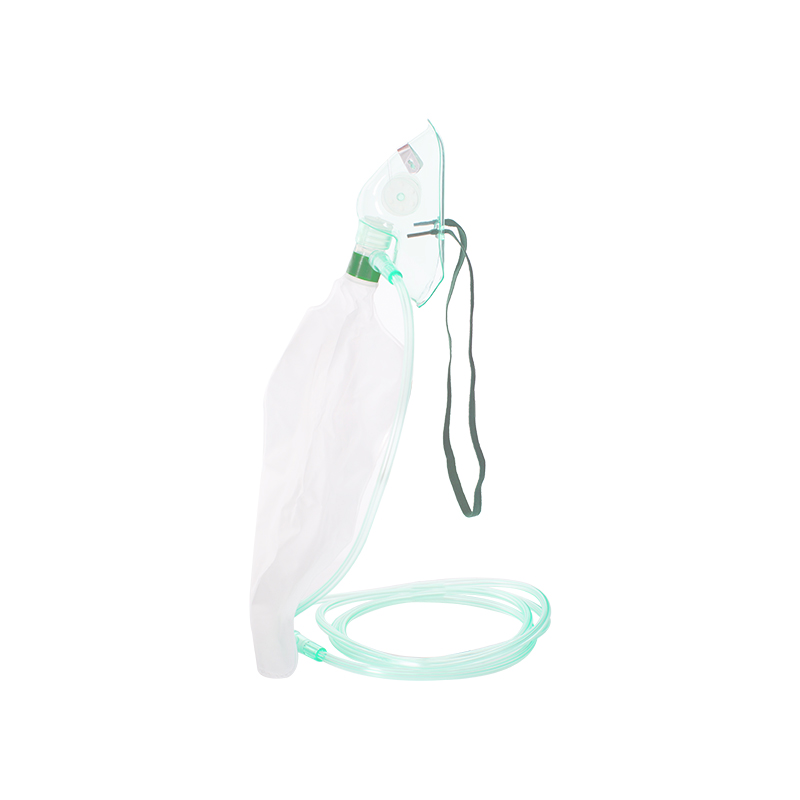18
Aug
An oxygen mask provides an easy way to transfer oxygen from a pressurized storage tank into the lungs through a tube. There are two types of oxygen masks, the mask that covers the mouth and nose, and the full face mask. They can be constructed of latex, plastic, or other flexible membrane. When properly worn, these masks provide many health benefits and prevent many diseases from progressing or worsening.
The first type of mask is called an open faced oxygen mask, or a full face mask. It has a wide mouth piece and a long thin tube connected to the top by a flexible hose. The patient pumps air into the tube, which is connected to a storage tank placed under the chin. When air is pumped into the storage tank it provides supplemental oxygen for the patient's lungs.
Some state medical facilities require their patients to wear either open face oxygen masks or full-face oxygen masks. These state medical facilities may also have different requirements for the size of the storage tank in which the pressurized gases are stored. There are also other criteria that may be put on the masks. If a patient would have to be intubated or a patient would have to suffer brain damage if the mask were not appropriately adjusted, then these facilities may require oxygen masks to be adjusted in those situations.
The second type of oxygen mask is the closed oxygen mask. This type has a small mouthpiece and nose piece that are connected to one another by a flexible hose. To supply oxygen to the patient, a ventilator, like the use of an oral appliance called an oral vestibular valve sensor is attached to the mask. The sensor allows the patient to control the amount of oxygen that is provided through a mouthpiece. The purpose of the ventilator is to ensure that the patient does not suffer from hypoxia (lack of oxygen).
Hyperbaric oxygen chambers. These chambers can hold up to 16 cans of compressed oxygen. There is a wide variety of hyperbaric oxygen chambers available. They vary in the amount of oxygen they can hold, how pressurized the air is, and how much oxygen is allowed to escape when the compressed air is breathed in.
The last type of oxygen mask we are going to look at is the full face mask. These are the most expensive because they allow for complete coverage of the entire face and nose. A face mask will contain a storage tank in which the compressed oxygen is stored. The tank is attached to the mask by a strap or with clamps to keep the mask secure.


 英语
英语 中文简体
中文简体